Physical store growth is the corollary of ecommerce not its victim, and these two are mobilising the sector in tandem.
Barcelona is hosting the Mobile World Congress and store windows here are covered in posters proclaiming the city to be ‘Mobile Ready for the Future of Shopping’.
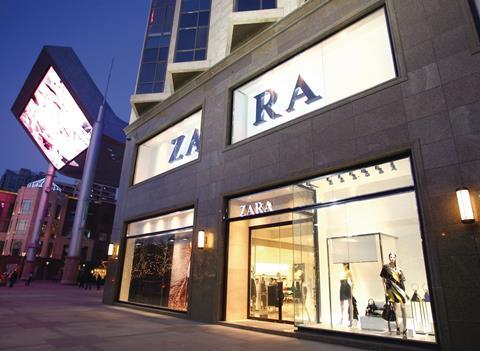
M-commerce is in its relative infancy and older retail generations are already accommodating this new kid on the block but keeping it in its place.
Just look at Inditex whose physical prominence is nothing less than ubiquitous. The eight Inditex brands operate almost 7,000 stores in 88 countries.
Sales for the first nine months of its current year increased 16% to just under €15bn (£11.7bn) and the retailer enjoyed positive like-for-like store sales.
Results for the full year, which will be published next month, will report the opening of about 450 new stores across five continents.
“So much for the demise of bricks and mortar, whose increasingly strident obituaries are now sounding increasingly premature, including in the UK”
Michael Poynor, Retail Expertise
So much for the demise of bricks and mortar, whose increasingly strident obituaries are now sounding increasingly premature; including in the UK where the most recent data from Hammerson and the BRC, show that retail footfall has been growing once again.
But the robust health of traditional store-based retail is only half the story, as Inditex also knows well.
In two months’ time, the roll-out of 228 online platforms, each hosting one of the Inditex group’s eight chains, will have completed their migration across all 28 countries in the European Union.
This is a significant milestone for a group that was a late convert to ecommerce – founder Amancio Ortega was a vocal recusant in the early days and Inditex only really embraced online just over four years ago.
Multichannel approach
Crossing channels and borders is the name of the game for newer entrants to the sector as well as its established giants.

Coming from the opposite direction, pure-players are now also rewriting the rulebook.
Missguided, for example, the UK’s 2015 fashion etailer of the year, driven by its energetic and ambitious founder Nitin Passi (the World Young Retail Entrepreneur of the Year at the WRC in Rome last September) is now present in all Nordstrom stores, with concessions in Selfridges and, shortly, its own standalone stores as well.
This mirrors the move of Amazon into physical bookstores as well as others such as the celebrity-backed athleisurewear brand Fabletics, whose $150m of annual ecommerce revenues will be bolstered by the opening of up to 100 stores in the next three years.
Spanish armada
Whatever the game, Inditex heads the Champions’ League with a Spanish armada of flagships continuing to dock around the globe.
Zara’s 30,000 sq ft Hawaiian store at the Ala Moana Center, for example, is an awesome, state-of-the-art showcase of all that’s best in the world of fashion retail.
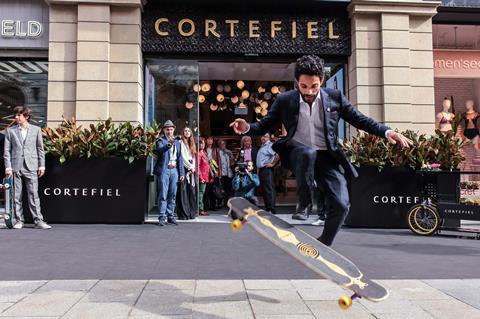
And Inditex is not alone. Other Spanish brands such as Mango and Desigual are on the high seas as well. As is Grupo Cortefiel whose most recently opened, much-admired domestic flagship is in Barcelona, this city where the mobile future of shopping is being lauded so loudly.
The m in m-commerce should not stand for mobile but for mobilisation: the troops are on the ground as well as on the internet.
- Michael Poynor is founder and managing director of Retail Expertise




















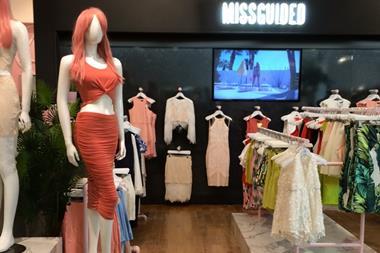

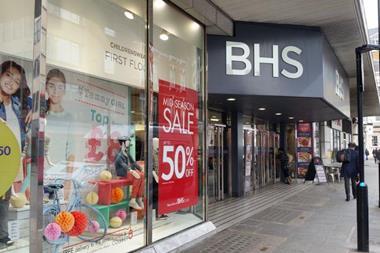
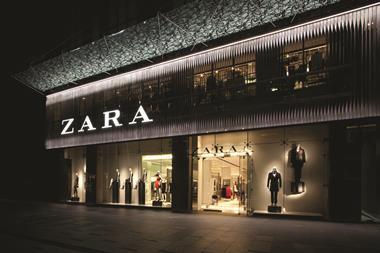
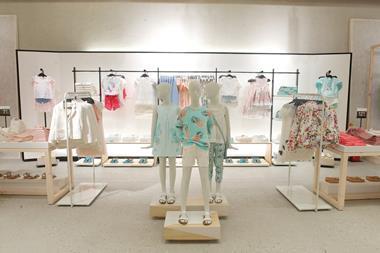

No comments yet